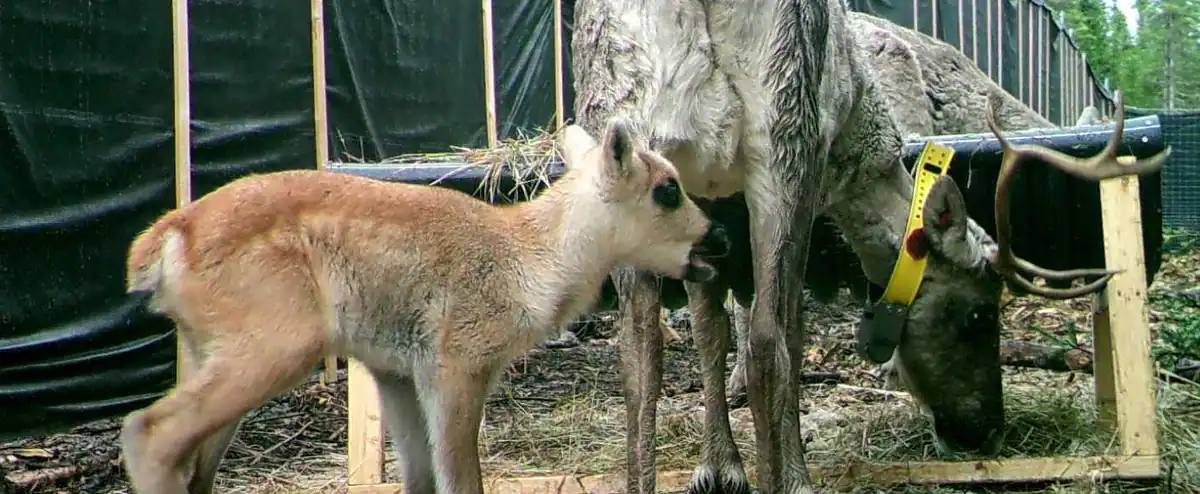The woodland caribou herds of Charlevoix and Val-d’Or, penned up this winter given their status as endangered species, now have seven new calves.
• Read also: What are we waiting for to protect the woodland caribou?
In Charlevoix, six of seven pregnant females gave birth in captivity last month, the Ministry of Forests, Wildlife and Parks said on Monday.
Although one of the six fawns did not survive, the other five are “doing well” and are observed daily at the feeders with their mothers.
These five fawns are in addition to the 16 Charlevoix woodland caribou placed in a 20-hectare (0.2 km2) enclosure in February 2022.
There are now a total of 21 animals, or 12 adults, four juveniles and five fawns, while the population of these deer has continued to decline in the region since the 1990s.
As elsewhere in Quebec, biologists believe that this decrease is mainly due to the degradation of woodland caribou habitat.
The increase in its predators – wolves, black bears and coyotes –, the construction of forest roads on its territory and the cutting of wood in the boreal forest are among the nuisances to the species.
As for the forest-dwelling caribou of Val-d’Or, also in captivity, two pregnant females gave birth in May. The two fawns are healthy and join the seven woodland caribou in this herd.
A life in captivity
A specialist in the management and conservation of wildlife and habitats, Jean-Pierre Tremblay calculates that the Charlevoix herd will double in size every three or four years at this birth rate.
However, he wonders about the future of these caribou in captivity when it will take “40, 50 or even 60 years before restoring a suitable habitat” for their survival in nature.
“Put animals in enclosures, it comes with duties, including that of establishing a recovery plan for their habitat and ensuring that we will be able to release them eventually. As long as we don’t do that, it’s a zoo, ”says the biology professor at Laval University.
Such a recovery and release strategy has not yet been made public by the ministry, which the Association des biologistes du Québec also deplores. Its publication, initially scheduled for 2021, has been postponed to 2023.
In this context, Alain Branchaud, director general of the Society for Nature and Parks (SNAP Quebec), believes that resources should be concentrated on the protection of the territory rather than on breeding in captivity.
“What’s the point of trying to keep herds that have no future under artificial respirators since the government really has no intention of protecting their habitat and stopping logging in this sector? asks the trained biologist.
Remember that the protection of woodland caribou in Quebec is strongly criticized by the federal government, which deems the province’s efforts insufficient.
Last April, Minister Steven Guilbault even threatened to adopt an unprecedented decree that would allow the federal government to protect the 32,000 square kilometers of deer habitat itself, for a maximum of five years.
– With QMI Agency
An independent commission assessed last March that there were only 5,252 woodland caribou left in Quebec, while the ministry estimated until recently that they were between 6,500 and 8,000.

